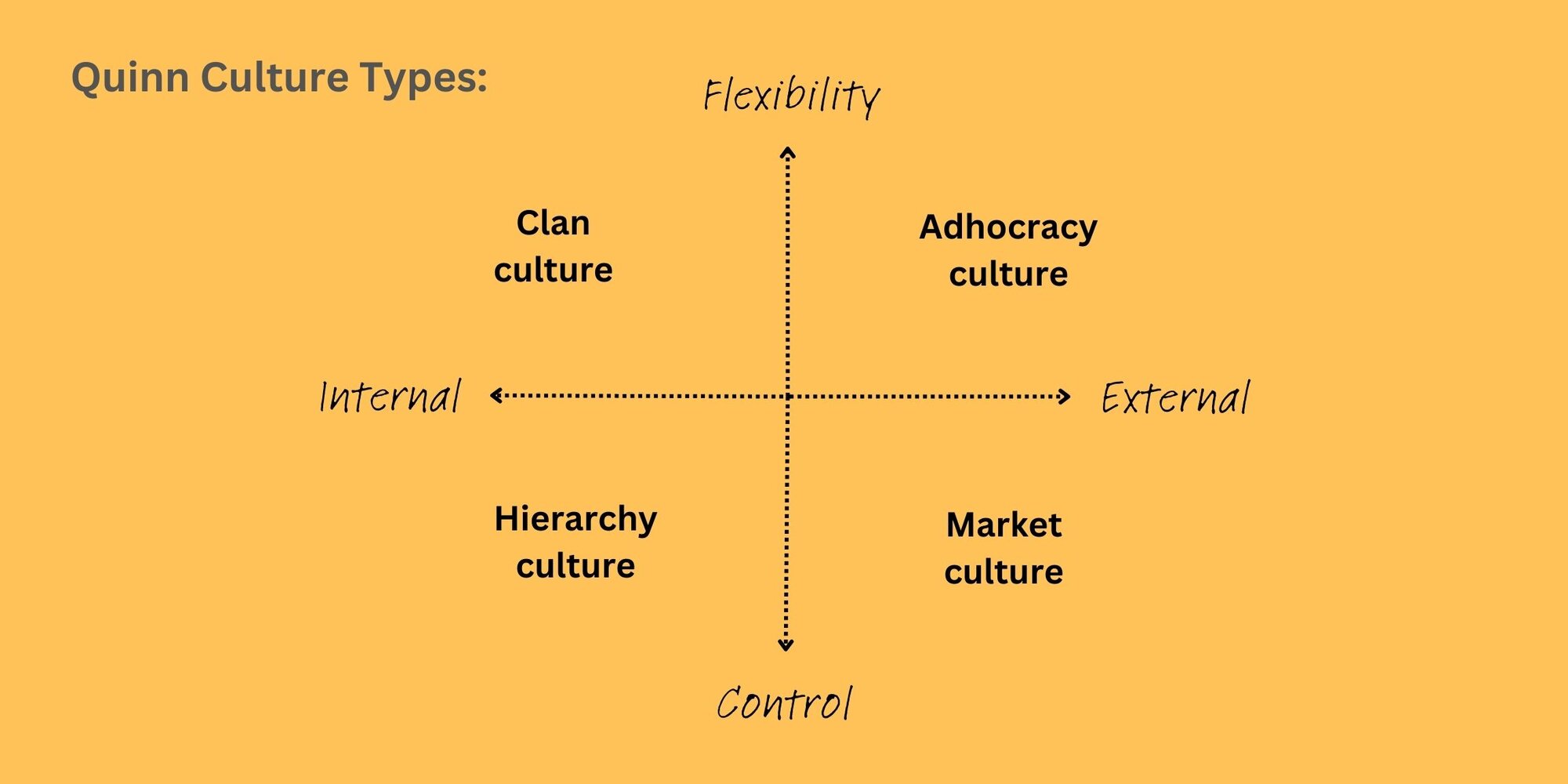We normally blog a lot about technology, because that’s what we do. But what we don’t talk about as often is what we do behind the scenes; the things that are not as exciting as all the amazing tech that we produce, but that we also couldn’t run our business without.
We’ve been doing a lot of operational work lately, to make sure that we are running as efficiently as possible and maintaining our excellent standards alongside enabling ourselves to keep growing. A big factor in any decision that we’ve been making recently is how we do all of that while maintaining the essence of who we are as a company, so we’ve been talking about culture a lot.
What is culture?
Big question, we know.
The Oxford English Dictionary defines culture as “the customs and beliefs, art, way of life, and social organisation of a particular country or group”.
More broadly speaking, culture is the traditions and customs that hold a group of people together. In the work sense, culture is the thing that helps bring the right people into your organisation and keep them there. It is a summation of how everyone in the company communicates, the behaviours that are encouraged (and discouraged) and the standards that every employee is held to.
Much work has been done to define business culture over the years, but we’re going to use Robert E Quinn and Kim S. Cameron’s culture typology as a framework for this particular blog. They have defined four key types of culture:
Hierarchy culture: Clue is in the name here. Everything in these types of cultures is very structured, and the main focus is on operational organisation and procedures.
Clan culture: Providing a sense of belonging and family is a key priority here, with focus being placed on morale and successful relationships (both internally and externally).
Adhocracy culture: Businesses firmly in this culture are focused on innovation and experimentation. Risk-taking is positively encouraged and success is measured by new ideas and individual freedom.
Market culture: Results are the driver for businesses with this culture. Financial success and a competitive reputation keep employees motivated and leaders are constantly measuring market share and product penetration.
